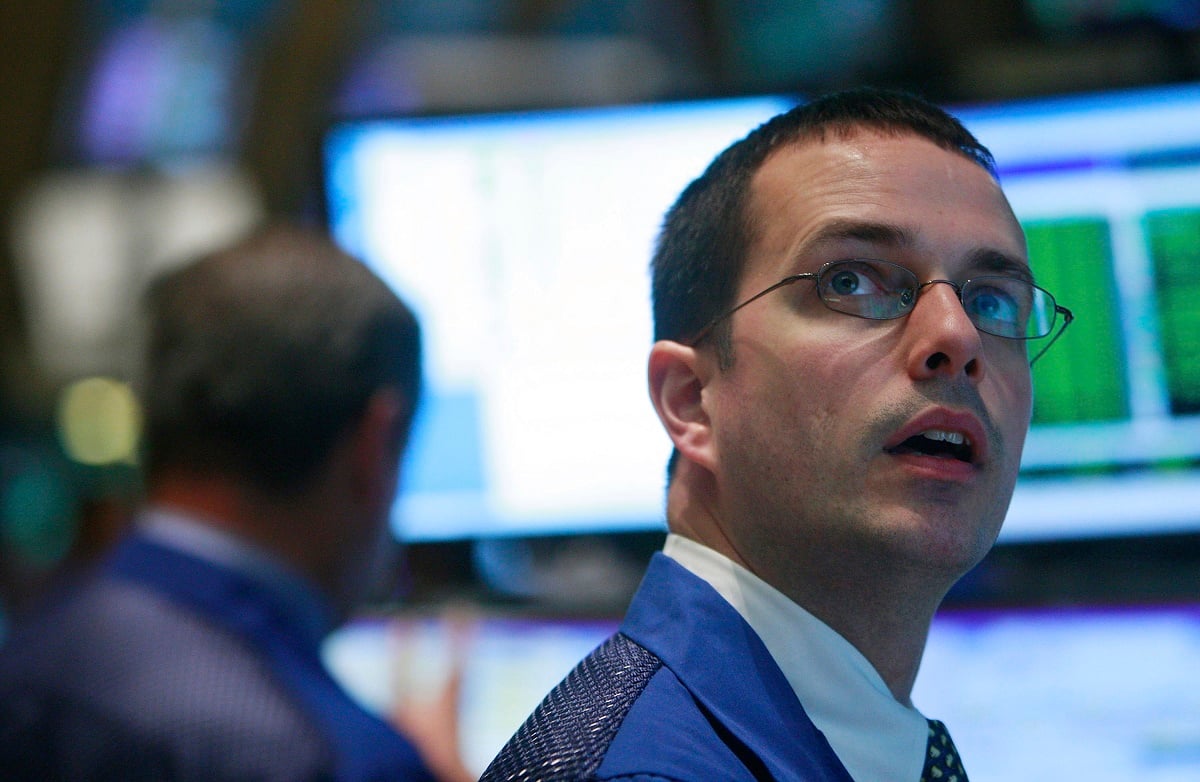Since the recession ended, the top 1% of earners captured 95% of income gains. Of course, accounts of growing income disparity are nothing new, and learning such facts might only depress those of us who've already missed out on that extra money. But what could make make us feel a bit better? If we owned a part of the 1% of gainers in the S&P 500 (^GSPC +0.32%).
It may be nearly impossible for most people to become part of the top 1% of income earners, but anyone can buy a piece of stocks that end up with the top 1% of price gains. Over the past year, this 1% of stocks from the S&P 500 included several maligned companies, showing that not all companies seemingly on the decline are value traps.
The S&P 500's top five
The top performer in the past year, Netflix (NFLX +0.12%), rose an astounding 480%. A year ago, sentiment for the stock was lower than the ratings for the poorly received restart of Arrested Development. Netflix had lost exclusive distribution of Starz and Epix content, and thoughts that Netflix could actually produce quality original programming were low. However, Arrested Development aside, the Netflix-made House of Cards recently won three Emmy Awards, and reviews for Orange is the New Black also make it seem the company is quite able to produce top-notch shows.
Joining Netflix among the top performers is Micron Technology (MU +3.70%), which also had a less-than-spectacular 2012. Revenue for 2012 fell 6% over the previous year, and the company lost more than $1 billion. As news of personal computers' decline broke, Micron's DRAM chips were thought to become a casualty. However, Micron's purchase of Elpida, which supplied memory for the iPhone 5, represents the growing market that its chips can play in a desktop-less world. This realization, along with an expected profit in its upcoming earnings release on Oct. 10, led the stock to gains exceeding 170% over the past year.
Other oft-criticized industries of electronics retail and airlines added two other members of the S&P's current 1%: GameStop and Delta. GameStop's narrative had been built around the decline of retailers in the face of online competition. Even in its latest report, comparable sales declined 10%. However, with the company pivoting toward digital content and mobile devices, and plenty of blockbuster games and a new generation of consoles coming out, investors have bought in heavily.
Delta is riding the cyclical profit trend in the airline industry, with its trailing-12-month earnings per share consistently positive since mid-2010. Adding to the company's recent strength is a pioneering move of purchasing a refinery to help hedge fuel costs. For a sector that many avoid, Delta's performance might help convert airline skeptics.
Rounding out the S&P's top five performers is insurer Genworth Financial. With products in mortgage and long-term-care insurance, Genworth's main markets come with plenty of unanswered questions related to housing, health care, and demographics. As these questions become answered, including an improved sentiment for the housing market, Genworth's business strengthens.
The next 1%
It's not likely that any of the above stocks will be in the top five performers for the next 12 months, but reviewing these tells us that one doesn't have to look at unknown penny stocks to invest in the best market beaters. Companies perceived to be down and out, but with a core business solid enough to last another year while turning around the market's perception, were the real winners of the past year.








